#william goldstein
Explore tagged Tumblr posts
Text

Dr Phibes by William Goldstein. Award Books, New York, 1971
#dr. phibes#the abominable dr. phibes#william goldstein#mti#award books#vincent price#virginia north#1970s horror#horror books#vintage paperback
93 notes
·
View notes
Text

The Abominable Dr. Phibes (1971)
In the late 1950s and 1960s, American International Pictures (AIP) was a minor Hollywood studio with an outsized reputation. AIP, which made nothing but low-budget pictures and B-movies during its existence, focused on cornering the market for teenagers and young adults. Rather than making an endless string of superhero movies, AIP instead relied on its Beach Party series and related films (1963-1967) and inexpensive horror movies (usually involving producer/director Roger Corman). One of AIP’s mainstays for its coterie of horror films was none other than Vincent Price. A longtime character actor for 20th Century Fox, Price had only begun to regularly feature in horror films beginning with House of Wax (1953). From there, he became a regular on AIP’s Edgar Allan Poe adaptations (very loose adaptations, mind you) under Corman’s direction. No matter how dastardly Price’s characters schemes were in his numerous horror films, Price’s almost effortless charm always pored through, to the point that one cannot help but root for his schemes to succeed.
Though Roger Corman was not involved in The Abominable Dr. Phibes (Phibes rhymes with “bribes”), a portion of Price’s fans point to his performance here in the title role as the Vincent Price-iest of all. In this darkly comedic horror film directed by former production designer Robert Fuest (the 1961-1969 TV series The Avengers, director on 1970’s Wuthering Heights), the film’s deliberate campiness demands more absurd motivations, plot developments, and aesthetic choices than some viewers might be comfortable with. In short, this is not the ideal introduction to Vincent Price or AIP’s horror movies. To enjoy the first Phibes film is to be in on the joke, to accept the film’s inherent silliness.
The opening credits help set that mood. As they roll, Dr. Phibes (Price) ascends from beneath a flight of stairs, playing on organ Felix Mendelssohn’s “War March of the Priests” from Athalie. His only company in this fiendish lair are his tall, silent assistant Vulnavia (Virginia North) and his animatronic band, the Dr. Phibes Clockwork Wizards. Reported killed in a Switzerland car accident in 1921 alongside his wife Victoria, Phibes (who carries heavy facial scars and lost his speaking voice in the crash) is hellbent on seeking revenge against the British doctors who presided over Victoria’s failed surgery. Instead of going to therapy, Phibes murders the doctors instead. One after another, the doctors die in increasingly elaborate ways – each homicide inspired by one of the ten Plagues of Egypt as described in the Book of Exodus. After the third doctor dies, Scotland Yard finally begins connecting the dots under Inspector Harry Trout (Peter Jeffrey). Trout soon realizes that the deceased were all directed by Dr. Vesalius (Joseph Cotten). This revelation only begins to unearth Phibes’ wicked plot.
Elsewhere, Hugh Griffith plays a helpful Rabbi and Terry-Thomas plays one of the doctors. Derek Godfrey and John Cater play Inspector Trout’s superiors, Crow and Weaverly, respectively. Aubrey Woods, whom most know as Bill the Candy Man from Willy Wonka and the Chocolate Factory (1971), plays an eyewitness named Goldsmith.
youtube
The screenplay by William Goldstein (who returned for the sequel), James Whiton (his only major writing credit), and Fuest, is no one’s idea of sensible, intelligently structured writing. The transitions between the scenes involving Phibes, his assistant, and the victims to Scotland Yard and Dr. Vesalius are untidy. Goldstein, Whiton, and Fuest attempt to make more of a mystery out of this film than they should, but it only serves to make the investigatory half of the film as a dumping ground of expository dialogue. The scenes with Phibes are the zanier, far more interesting parts of the screenplay – even though the character can no longer speaker (the writers engineer an inexplicable workaround, but this unlikely development can have a pass in the context of this bizarre work). For the scriptural scholars among us, some of the stylish killings of the unsuspecting doctors take liberties with the stated Ten Plagues of Egypt. Though perhaps unacceptable to those demanding strict adherence to the holy texts, the thematic divergences of those murders are still so cockamamie that most viewers probably do not mind.
Dr. Phibes’ murders would make Jigsaw from the Saw series (2004-present) proud. To be clear, The Abominable Dr. Phibes is not a slasher film (a subgenre that was beginning to find its foundations by the early 1970s), but it contains elements that would become slasher hallmarks – an individual committing several revenge killings due to a past event, a sort of catharsis (in later slasher movies, sexual gratification) in the act of killing, and unusual manners of murder. Instead of horrifying the viewer with the wanton death, it is Vincent Price’s performance that keeps The Abominable Dr. Phibes within the confines of comedic horror. Due to reasons that I do not wish to spoil, Price’s Phibes scarcely makes a facial expression aside from his default, neutral gaze. His gait is deliberate and steady. Without the possibility of any facial muscular contortions or Price’s trademark smirk, so much of Price’s performance is through his eyes. From his thousand-yard stares, contemptuous gazes, world weary looks, and bemused glances, Price provides an enormous amount of the film’s soul and tenor with so little of his body. This sounds like a silent film director’s dream, but Price’s performance is a commanding one, in any era. His Dr. Phibes may not be in full control of his movements (thanks to Trevor Crole-Rees’ excellent makeup design), but Price is always fully in control of his acting. No surprise to anyone who knows Price’s work – always dependable to provide his utmost effort, no matter how dire the material.
The screenplay, nevertheless, keeps some emotional distance between the audiences and the title character. Though the film’s absurdity allows the viewer to scrap their sense of morality while watching Phibes slaughter each of the doctors, Phibes’ psychology is inaccessible until the film’s second half. The filmmakers, by not prioritizing Phibes’ mindset as much as they could, continually frame him as the villain amid bumbling detectives, the privileged victims (ensuring that the viewer cares not too much about their deaths), and the prideful Dr. Vesalius (whose hubris erodes as the film progresses, revealing his desperate humanity).
If anybody could be considered a co-lead here, that would be Joseph Cotten as Dr. Vesalius. The underrated and undermentioned Cotten, not at all known for his horror work and more for his collaborations with Orson Welles (namely 1941’s Citizen Kane and 1942’s The Magnificent Ambersons), performs ably here. Cotten replaced Price’s friend, Peter Cushing (Grand Moff Tarkin in 1977’s Star Wars, a regular as Baron Frankenstein and Van Helsing in Hammer horror movies), after Cushing fell ill. Cushing would have been ideal in the role, but never does Cotten act as if the unconvincing dialogue is beneath him, even if he doesn’t attempt to hide his American accent. As Dr. Vesalius, Cotten wonderfully inhabits his character’s desperation as his colleagues meet their ends, as if prophesied.
Set designer Brian Eatwell (1973’s The Three Musketeers, 1976’s The Man Who Fell to Earth) runs rampant with his design to Phibes’ lair. A curious combination of art deco and the garishness of 1970s colors serves the film’s ludicrousness. I am not sure how livable Phibes’ abode is – there are nary any bedrooms or any other amenities depicted – but the central chamber could be an ideal place for a raucous, demented soiree. Vulnavia’s ever-changing wardrobe in each of her scenes is also a delight, thanks to costume designer Elsa Fennell (1964’s Goldfinger, 1971’s Diamonds Are Forever). Perhaps there isn’t too much of association between campy costumes and sets with heartrending motives for murder, but that is exactly what transpires in The Abominable Dr. Phibes.
In addition, a laughably anachronistic soundtrack of swing jazz and Great American Songbook standards dot the film. I was not prepared for the appearance of either Mendelssohn’s “War March of the Priests” nor the legendary song that rounds out the closing credits. Phibes’ introduction while playing the former on organ readies the viewer not to take everything that is about to unfold seriously. For the latter song (again, I dare not spoil this), a brilliant solo trumpet takes the easily recognizable melody and swings it. Lyrically, this song’s placement in the end credits is fitting for what happens to Phibes. But I could not help but laugh the moment I heard the opening notes – a fitting send-off to a gleefully daft movie.
When The Abominable Dr. Phibes arrived in theaters, its poster showed the mutilated Dr. Phibes appearing as if he is about to kiss a woman. Above them read the tagline: “Love means never having to say you’re ugly.” This was a reference to Love Story (1970), with its (in)famous tagline and in-movie quote: “Love means never having to say you’re sorry.” The marketing for The Abominable Dr. Phibes confused audiences – was it a romance? horror? parody? – and the film struggled initially before AIP retooled its advertising to market the film as a horror film. On its low budget, the film was successful enough to warrant AIP to greenlight a sequel, Dr. Phibes Rises Again (1972). That sequel marked the beginning of the end of Price’s association with AIP, due to conflicts over his pay (while AIP’s box office fortunes were dwindling), his lack of satisfaction with the scripts coming his way (not even Price wanted to star in two Dr. Goldfoot movies in two years), and AIP’s plans to replace him with Robert Quarry as their primary horror star.
In the years since the film’s debut in cinemas, The Abominable Dr. Phibes has garnered a deserved cult status. There was no stopping Vincent Price from leaving AIP, but AIP – with their Robert Quarry plans not even a secret – somehow undervalued the actor who was their principal attraction through the 1960s. An essential in Price’s filmography, The Abominable Dr. Phibes defies genre conventions, genre categorization, and any semblance of rationality. For those looking for some bloody horror as the mercury drops, look no further than here. The first Dr. Phibes films guarantees murders with a wink and, though not a smile, an animatronic band playing hits that have yet to be composed.
My rating: 7/10
^ Based on my personal imdb rating. My interpretation of that ratings system can be found in the “Ratings system” page on my blog. Half-points are always rounded down.
For more of my reviews tagged “My Movie Odyssey”, check out the tag of the same name on my blog.
#The Abominable Dr. Phibes#Robert Fuest#Vincent Price#Joseph Cotten#Peter Jeffrey#Virginia North#Hugh Griffith#Terry Thomas#Derek Godfrey#John Cater#Aubrey Woods#William Goldstein#James Whiton#Sean Bury#John Laurie#Trevor Crole-Rees#Maurice Kaufmann#TCM#My Movie Odyssey
4 notes
·
View notes
Text
I'm watching The Abominable Dr Phibes commentaries, and you can tell a creator/writer is on one when they can easily name the vintage car that the protagonist drives.
I am also guilty of this. Old cars look cool *shrugs*.
#the abominable dr phibes#vincent price#arrow video#commentary#william goldstein#writer problems#the protagonist of my Agents of C.A.M.P. book drives a dark green 1963 Studebaker Avanti#yes there will be a bear in a studebaker joke#Victor J Banis of the original Man From C.A.M.P. series also did this often#Agents of C.A.M.P.
3 notes
·
View notes
Text
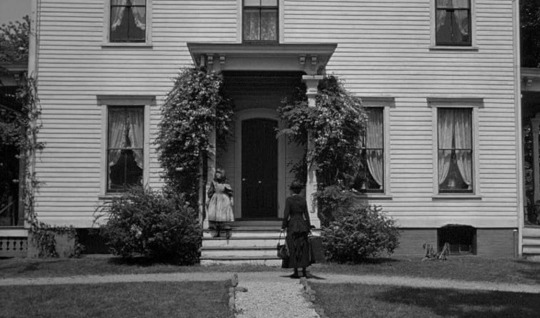
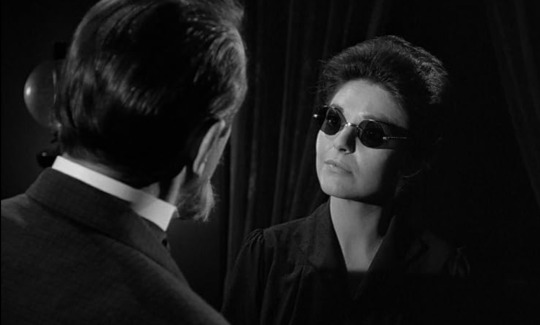

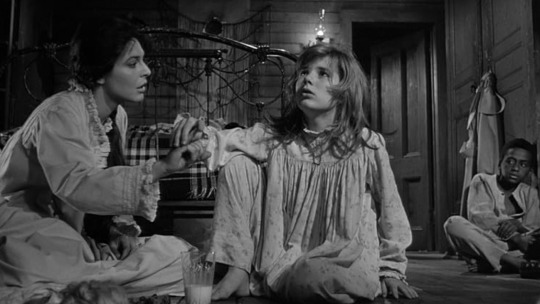
the miracle worker, arthur penn 1962
*
youtube
the wonderful world of disney: the miracle worker, nadia tass 2000
#the miracle worker#arthur penn#1962#paul aron#1979#nadia tass#2000#anne bancroft#patty duke#william goldstein#prinzessin wildfang#prinzessin sissy#der struwelpeter#the elephant man#agnes of god#the graduate#bonnie and clyde#lara croft#helen keller#the wonderful world of disney
1 note
·
View note
Text
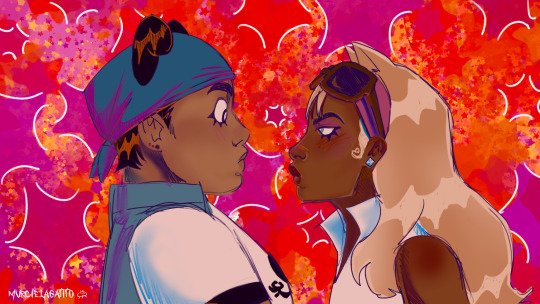
can i offer yall some besties to worsties 🤲🏽
#in my mind biffy is played by sara ramirez and kimmie is played by vanessa williams#but also i was deffo thinking abt megan thee stallion when i was drawing kimmie 😭#detentionaire#biffy goldstein#kimmie mcadams#mi arte#art
152 notes
·
View notes
Text


Ted Lasso 3x2 | Christmas In Notting Hill
#thought this was hilarious#hallmark vs ted lasso#ted lasso#christmas in notting hill#movie#movies#filmedit#filmedits#William Moseley#Sarah Ramos#jason sudeikis#brett goldstein#roy kent#gif#gifs#gifset
270 notes
·
View notes
Text
𝐆𝐨𝐬𝐭𝐥𝐲𝐆𝐡𝐨𝐬𝐭.

I know he's a little red flag🚩but I love him. Why is there so little content with Dean Boland? Write someone a fanfiction with him, please..
#matthew lillard#matthew lillard character#matthew lillard characters x reader#stu matcher x reader#dean boland#dean bolan x reader#steve raglan#william afton#stevo levy#emmanuel goldstein#stu macher#tim laflour#doug van housen#dennis rafkin#Spotify
83 notes
·
View notes
Text







Vogue Germany March 2014
Photographer: Mario Testino
Stylist: Lori Goldstein
Models: Jeneil Williams, Melodie Monrose, Ajak Deng, Ataui Deng, Cora Emanuel, Anais Mali & Grace Bol
Make-Up: James Kaliardos
Hair: Orlando Pita
Nails: Fleury Rose
#runwayvixen#runway vixen#vogue germany#vogue magazine spread#march 2014#vogue archives#vogue editorial#fashion editorial#fashion photography#fashion photographer#mario testino#fashion stylist#lori goldstein#legendary supermodels#00s fashion model#supermodel#jeneil williams#melodie monrose#ajak deng#ataui deng#cora emmanuel#anais mali#grace bol#fashion makeup#makeup artist#james kaliardos#hair stylist#orlando pita#nail artist#fleury rose
167 notes
·
View notes
Text
Harrison Ford in Shrinking
[Harrison Ford as Paul Rhoades in “Shrinking” - AppleTV - credit: tedslasso]
— WDD
#harrison ford#harrisonford#paul rhoades#shrinking#shrinking apple tv#comedy#therapy#therapist#apple tv#shrinking spoilers#bill lawrence#jason segel#brett goldstein#jessica williams#lukita maxwell#christa miller#indiana jones#han solo#star wars#bladerunner#emmys#emmys 2023#so confused#wtf academy of television?!#y’all good?#harrisance#witness the harrisance
222 notes
·
View notes
Text









a l i e n s, 1986 🎬 dir. james cameron 'Hudson Dies/ Cutting Through'
#film#sci fi action#aliens#aliens 1986#james cameron#sigourney weaver#michael biehn#bill paxton#william hope#jenette goldstein#Ellen Ripley#Dwayne Hicks#Hudson#Gorman#Vasquez#Hudson Dies/ Cutting Through
23 notes
·
View notes
Text
Everyone stop what they‘re doing rn and if anyone can download stories do it pls cause there‘s Brett Goldstein singing about stealing a baby on Jessica Williams‘s Instagram

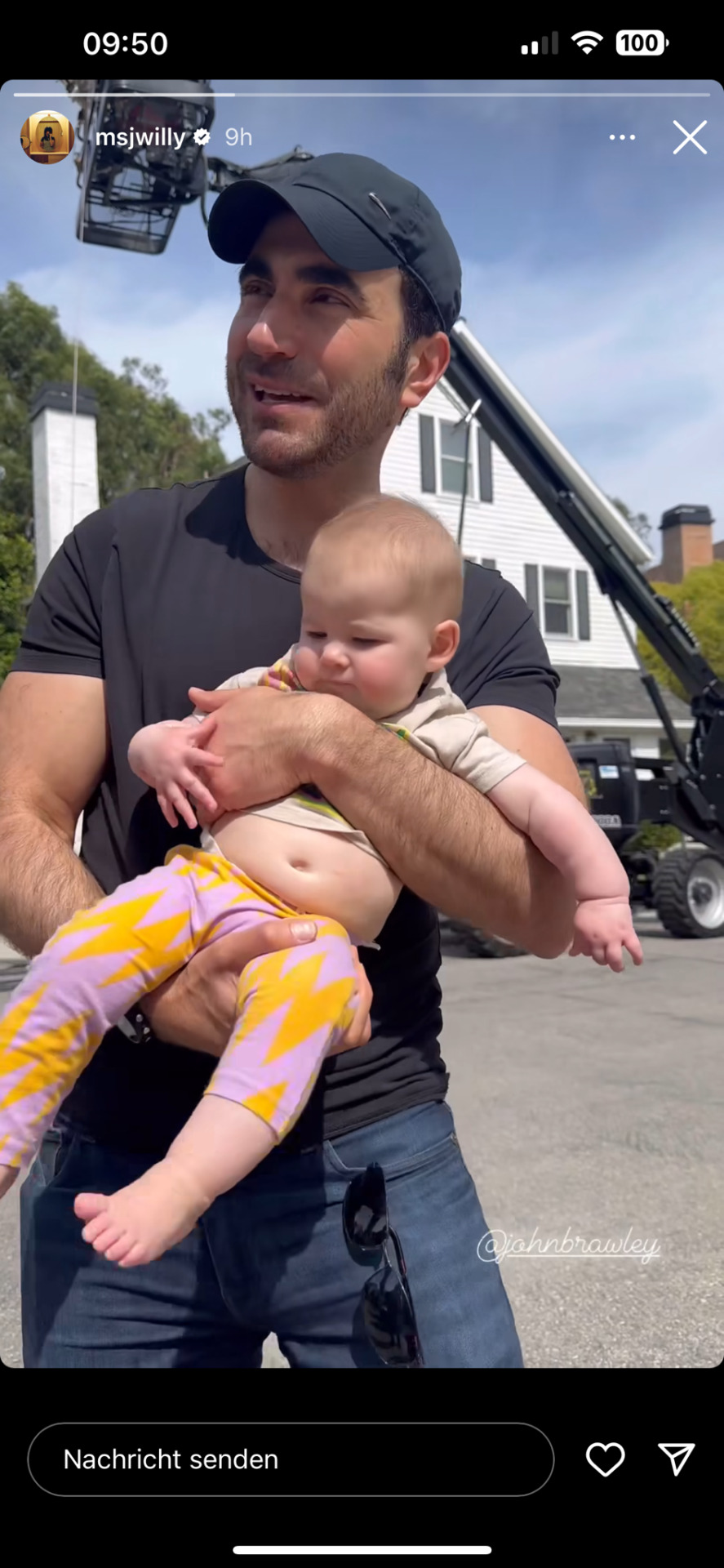
41 notes
·
View notes
Text

Dr. Phibes Rises Again! by William Goldstein (Award Books, 1972)
81 notes
·
View notes
Text


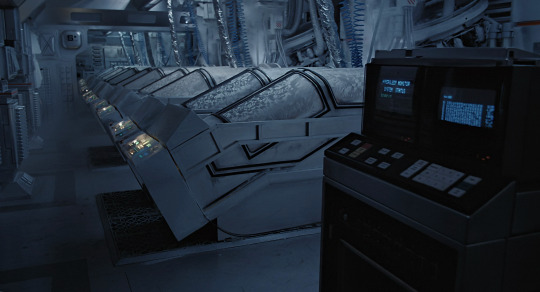



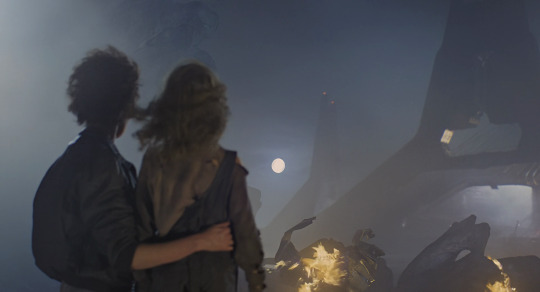


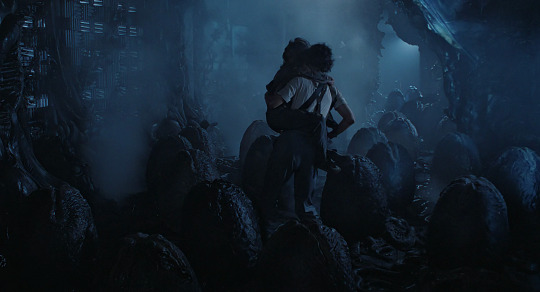

ALIENS (1986)
Director: James Cameron Cinematography: Adrian Biddle
#aliens#alien#james cameron#sigourney weaver#ellen ripley#tenent ripley#michael biehn#paul reiser#lance henriksen#bill paxton#carrie henn#william hope#jenette goldstein#80s#80s movies#sci fi#sci fi horror#horror#horror movies#cinematography#movie screencaps#movie screenshots#movie frames#film screencaps#film screenshots#film frames#screencaps#screenshots#alien series
49 notes
·
View notes
Text
#emmys#emmys 2023#tv#tv polls#polls#anthony carrigan#barry#phil dunster#ted lasso#brett goldstein#james marsden#jury duty#ebon moss bachrach#the bear#tyler james williams#abbott elementary#henry winkler
115 notes
·
View notes
Text
Shrinking (2023- ) tv series

-(started) watchin' Season 2- 11/12/2024- on Apple tv
#Shrinking#(2023- )#tv series#sitcom?#bill lawrence#jason segel#brett goldstein#comedy/drama#damon wayans jr#courtney taylor#vernee johnson#harrison ford#jessica williams#luke tennie#michael urie#christa miller#lukita maxwell#ted mcginley#wendie malick#heidi gardner#lilan bowden#Apple tv
8 notes
·
View notes
Text








Brett Goldstein, Imogen Poots and William Bridges at TIFF today. Second screening of All or You.
Photos are my own
10 notes
·
View notes